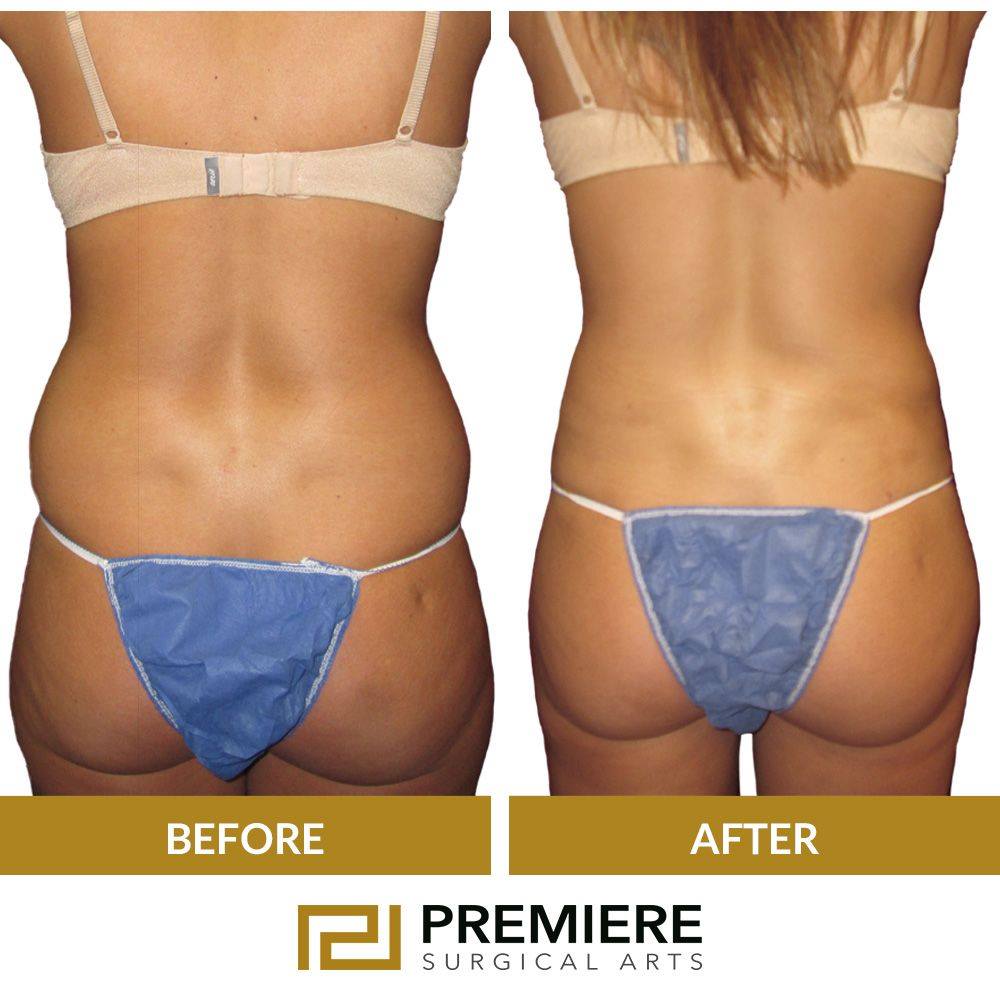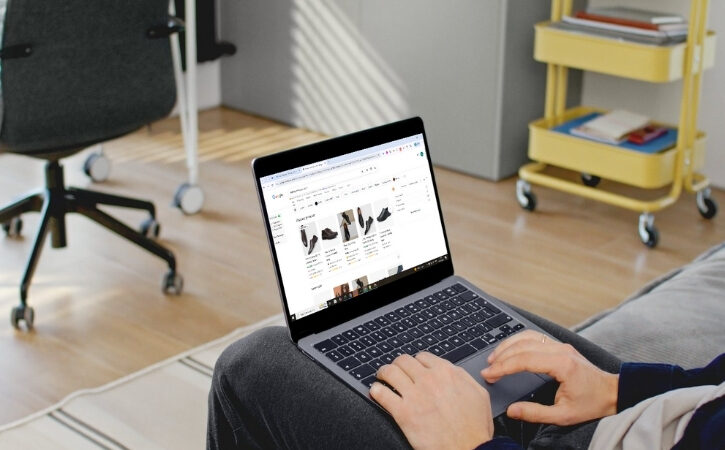What Are the Risks and Complications of a Brazilian Butt Lift?

The Brazilian Butt Lift (BBL) is a popular cosmetic procedure that enhances the shape and size of the buttocks using the patient’s own body fat. Surgeons extract fat from areas like the abdomen, flanks, back, or thighs through liposuction. This purified fat is then injected into the buttocks to create a fuller, more lifted appearance.
Unlike butt implants, the Brazilian Butt Lift uses natural fat, which lowers the risk of rejection. However, it does not eliminate the risk of complications. The growing popularity of the BBL has brought increasing attention to its associated risks, especially when performed by unqualified or inexperienced practitioners.
Why Has the Popularity of the Brazilian Butt Lift Increased?
The Brazilian Butt Lift has gained traction due to cultural trends favoring curvier body shapes. Celebrities and social media influencers have showcased dramatic transformations, making the BBL an aspirational procedure for many. Another factor is its dual benefit—it slims down problem areas (like the stomach or thighs) and adds volume to the buttocks, giving the body a more sculpted silhouette.
For those considering additional procedures, many opt to combine a BBL with a Thigh Lift. This combination enhances overall lower body contours and smoothens the transition between the thighs and buttocks.
What Are the Common Risks Associated with a Brazilian Butt Lift?
While the BBL can provide remarkable aesthetic results, it is not without risks. Understanding these complications is crucial for any patient considering this procedure.
1. Fat Embolism
The most serious complication associated with a Brazilian Butt Lift is a fat embolism. This occurs when fat enters the bloodstream and blocks a blood vessel, which can lead to respiratory distress or even death. This risk is higher when fat is injected too deeply into the muscle rather than into the subcutaneous layer. For this reason, choosing a board-certified and experienced surgeon is essential.
2. Infection
As with any surgical procedure, there is a risk of infection. Signs include redness, swelling, fever, or discharge from the incision site. While infections can usually be treated with antibiotics, severe cases may require surgical drainage or removal of the fat grafts.
3. Seroma and Hematoma
A seroma is a buildup of fluid under the skin, and a hematoma is a collection of blood outside of a blood vessel. Both conditions can cause swelling and discomfort. If untreated, they may become infected or form a hard lump that needs to be surgically removed.
4. Fat Necrosis
This complication arises when the transferred fat cells do not survive. The dead fat cells can form hard lumps or cysts, sometimes requiring additional surgery. Fat necrosis may also lead to uneven or lumpy results.
5. Asymmetry and Irregular Contours
Even in skilled hands, some patients may experience uneven fat distribution. This can result in asymmetry or surface irregularities like dents and bulges. Touch-up procedures may be necessary to refine the results.
6. Excessive Fat Reabsorption
After a Brazilian Butt Lift, the body naturally reabsorbs a portion of the transferred fat—usually around 30-50%. However, if too much fat is reabsorbed, the final outcome may not meet the patient’s expectations. Multiple sessions might be required to achieve the desired volume.
How Can You Minimize the Risks of a Brazilian Butt Lift?
Reducing the risks starts with careful planning and choosing the right surgical team. Here are some crucial steps to consider:
- Select a Board-Certified Plastic Surgeon: Make sure the surgeon is certified by a recognized medical board and has extensive experience performing BBLs.
- Discuss Realistic Expectations: A qualified surgeon will guide you on what is achievable based on your body type and anatomy.
- Follow Post-Operative Instructions: Recovery protocols, such as avoiding sitting directly on the buttocks for two weeks, can significantly impact results and reduce complications.
- Maintain a Stable Weight: Fluctuations in weight can affect fat survival and alter the results.
Is Recovery After a Brazilian Butt Lift Difficult?
Recovery after a BBL can be uncomfortable, particularly due to restrictions on sitting and lying directly on the buttocks. Patients must use a special BBL pillow or lie on their stomachs for at least two weeks post-surgery.
Swelling, bruising, and discomfort are common during the first week. Full recovery typically takes 6–8 weeks, during which patients must avoid strenuous activity. Many people combine this healing period with recovery from a Thigh Lift, which also requires careful mobility and wound care.
What Complications Can Occur During a Thigh Lift?
Many individuals who choose a Brazilian Butt Lift also consider a Thigh Lift to address loose or sagging skin on the upper thighs. However, this procedure also comes with its set of risks:
- Poor Wound Healing: Due to the location of the incisions in a Thigh Lift, friction and moisture can interfere with healing.
- Scarring: Thigh Lift procedures often leave visible scars along the groin or inner thigh.
- Swelling and Numbness: These are common and can persist for several weeks.
- Blood Clots: As with any surgery involving the lower body, there is a risk of deep vein thrombosis (DVT).
When combining a Thigh Lift with a BBL, patients must carefully manage mobility and follow the surgeon’s post-op instructions to ensure optimal healing for both areas.
Who Should Avoid a Brazilian Butt Lift?
Not everyone is a good candidate for a BBL. Individuals with the following conditions should avoid or postpone surgery:
- Poor general health (e.g., uncontrolled diabetes, heart disease)
- Insufficient body fat for harvesting
- Smoking (which can impair healing and increase risk of fat necrosis)
- History of blood clots
Patients must disclose their full medical history during consultation so that the surgeon can assess their eligibility and safety.
What Should You Ask During Your BBL Consultation?
During your initial consultation, it’s crucial to ask the following questions:
- How many Brazilian Butt Lift surgeries have you performed?
- Where will the surgery take place?
- What technique will you use for fat injection?
- What is your complication rate?
- What precautions do you take to avoid fat embolism?
Asking these questions can help you determine whether your surgeon is competent and follows best practices.
Final Thoughts: Is a Brazilian Butt Lift Worth the Risk?
The Brazilian Butt Lift, when performed by an experienced and certified professional, can yield dramatic and satisfying results. However, it is not a risk-free procedure. Serious complications like fat embolism, infection, or fat necrosis are possible and can lead to long-term consequences. Adding a Thigh Lift to the surgical plan requires even more careful consideration and post-operative discipline.
For the safest outcomes, always prioritize your health over aesthetics. Ensure that your chosen clinic maintains high surgical standards, has proper emergency protocols in place, and is transparent about both benefits and risks.



